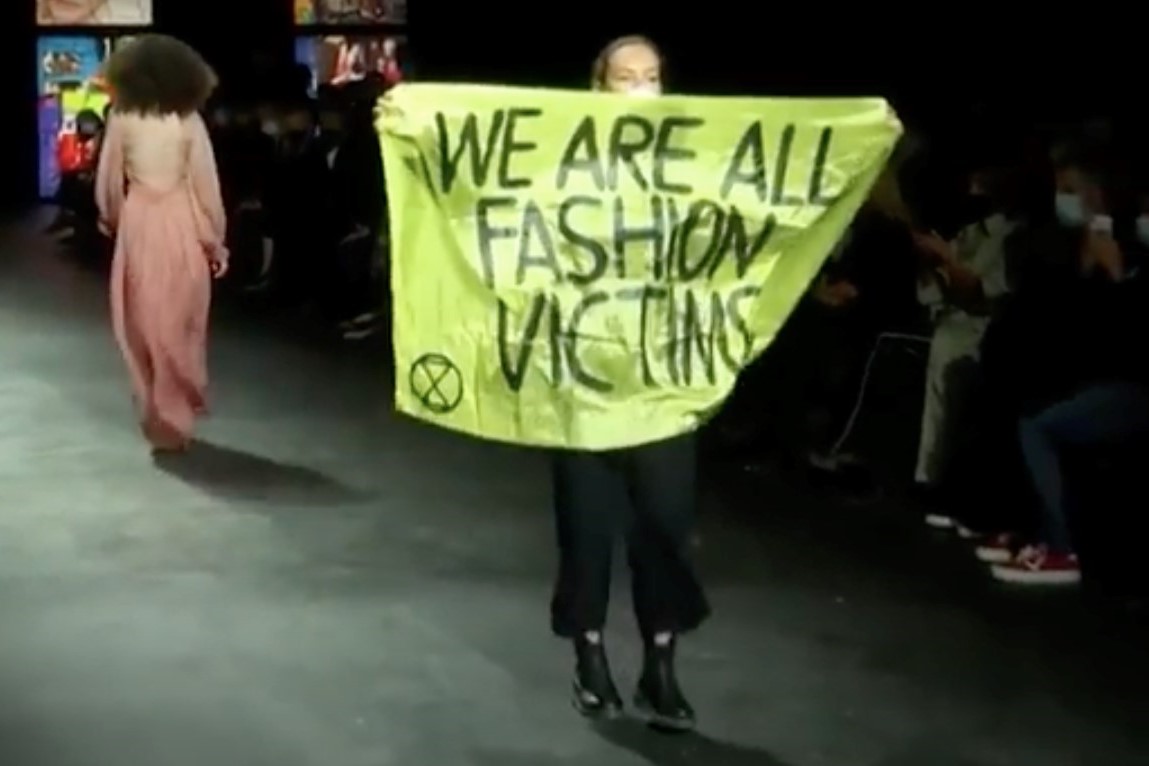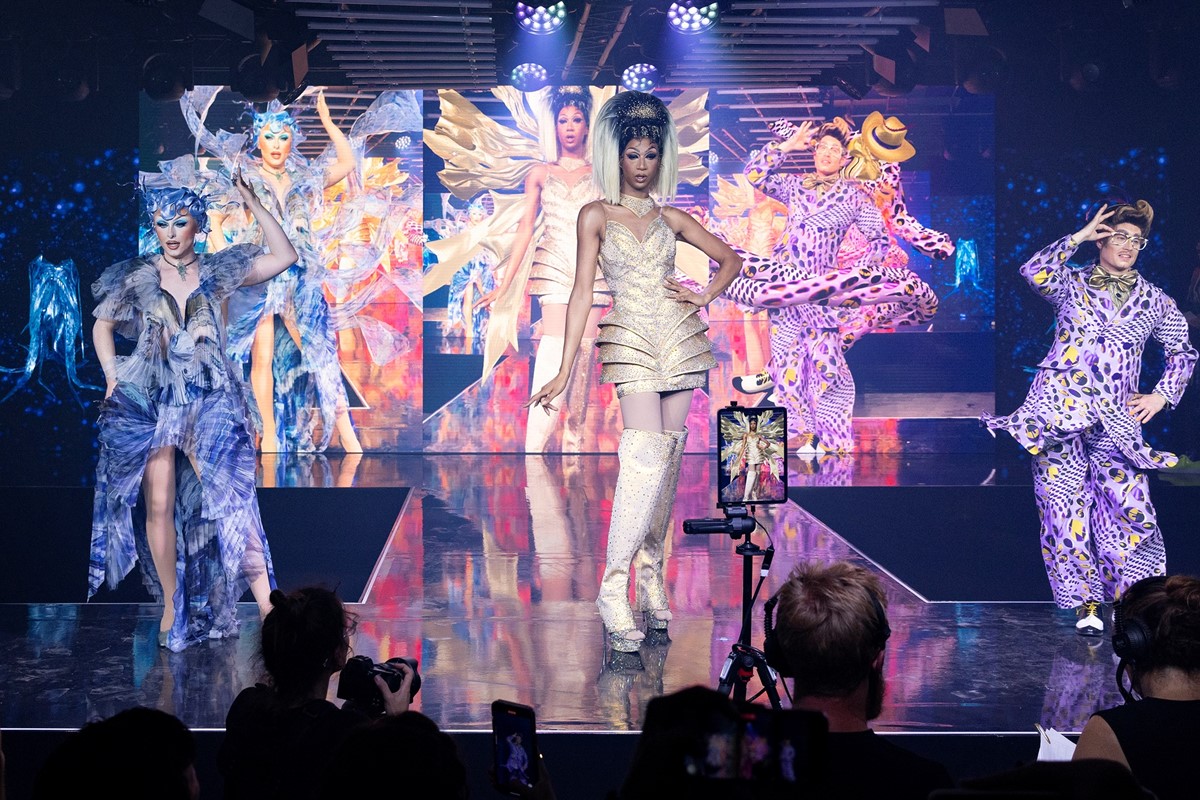
Seven telltale signs that a fashion brand is greenwashing you
Despite incinerating unsold products and overproducing millions of garments a year, it seems as though every label is now calling itself sustainable – here’s how to separate fact from fiction
Knowing whether or not something was sustainable used to be quite easy, because worrying about the environmental impact of an item was historically associated with being a bit crunchy, or a bit granola. If a product was being marketed as being sustainable, it usually was – or at least as sustainable as any brand new product could be. Endeavouring to tread lightly on the environment was down to the matter of values, not the matter of marketing.
Cut to 2022, and sustainability is not just cool, but an expectation. Everyone has jumped on the bandwagon, and brands that burn unsold stock, overproduce to the tune of millions of products, and drop new items every single day are considered sustainable by consumers. So, who’s greenwashing and who’s doing the work? It’s not always easy to tell but there are some clues that can help you separate fact from fiction.
BEWARE OF VAGUE PROMISES




One of the easiest ways to spot greenwashing is vague, non-committal language. Look out for fuzzy phrases such as “We’re using more sustainable materials”, “We’re reducing our impact”, and “we’re committed to the future”. Which sustainable materials are they using, and have they tested whether they truly have less impact than traditional materials like cotton? How, precisely, are they reducing their impact? What specific commitments have been made? If a statement poses more questions than it asks, and it’s not answered in detail elsewhere on a brand’s website, it’s a red flag (or should we say green flag?)
CRUNCH THE NUMBERS
Next time you’re on your favourite retail website, do a quick experiment. Go to the sustainability collection page and look for the total number of products. It’s usually at the bottom of the page and will say something like “showing 40 of 956 products” or “13,876 results”. Then go over to the all clothing page and see how many total products there are. The number of ‘normal’ products will likely far outstrip the number of ‘sustainable’ products. It leaves you wondering, if a brand has the resources to make products in a less impactful manner, why wouldn’t they do it across the board? I’ll give you a hint: it starts with the letter G.
PAY ATTENTION TO THE PROMISES THEY’RE NOT MAKING
Brands are throwing promises around like nobody’s business. Using recycled materials, using organic cotton, launching resale, cutting packaging, reducing waste, the list goes on. But there’s one promise that is glaringly absent: making less stuff. One of the reasons fashion has such an enormous impact is because of its unchecked growth and reliance on overproduction. Many brands refuse to disclose how much they make but there are some figures out there. adidas/Reebok make 528 million units of apparel annually, Mango makes 158 million units, and Shein has released 314,877 new styles to its website in the year to date. Yet despite knowing the impact overproduction has, most brands simply will not commit to producing less.
EXPECT UPDATES
If a brand promises to reduce its greenhouse gas (GHG) emissions by, say, 50 per cent before 2035, that sounds quite good. But after setting GHG targets, brands get pretty cagey about whether they’re on track to hit them. In fact, 69 per cent of large brands ranked by Good On You don’t say whether they’re on track to meet their GHG emissions targets. If a brand was hitting its targets, wouldn’t it want to shout about it?
LOOK OUT FOR SCIENCE-BASED UPDATES
When it comes to setting targets to reduce emissions, brands can just pick any number out of the air if they so wish. However, some brands are now setting Science-Based Targets (SBTs). These “show organisations how much and how quickly they need to reduce their GHG emissions to prevent the worst effects of climate change”. They’re calculated in accordance with keeping global warming well below 2°C, with efforts to limit it to 1.5°C which, as a major climate report stated, is how we retain a liveable climate. SBTs are voluntary, therefore not perfect, and as we just discussed brands aren’t great at reporting on their progress. But as far as targets are concerned, SBTs are the cream of the crop.
YES TO ABSOLUTE REDUCTIONS, NO TO INTENSITY REDUCTIONS
When a brand is talking about reducing GHG emissions, the key phrase to look out for is “absolute reductions”. This is an overall reduction compared to a previous year, so a brand might say it has achieved a “20 per cent absolute reduction in GHG emissions compared to 2018”. What you’ll often see, however, is brands talking about reductions “in line with their growth” (known as “intensity reductions”). For instance, a sportswear brand could say they’ll reduce emissions per every pair of trainers they make by 20 per cent, but if they then make 500,000 more pairs of trainers, their overall emissions will go up. Brands can also link reductions to their income. The details are a little more complicated, but again, they can say they’re reducing emissions when in reality they’re increasing them overall. You don’t have to understand the maths but when a brand avoids absolute reductions like the plague, greenwashing is in the air.
KNOW THE SCOPES
Sustainability is a complex concept, with complex language. It’s not your job to know every term, but knowing what Scopes are is really useful because it’s how GHG emissions are categorised. Scope 1 emissions are direct emissions from sources owned or controlled by a brand. This includes things like shops, offices, and headquarters. Scope 2 emissions are from purchased or acquired electricity, steam, heat, and cooling, like how we purchase electricity for our homes. Scope 3 emissions are basically everything else. They encompass everything from employee commuting and transporting goods to the factories making products and the farms growing cotton.
In fashion, Scope 3 accounts for the majority of environmental impact, so while reducing those emissions is harder, it’s absolutely necessary. Once you know what to look out for, you’ll notice that brands like to skip over Scope 3 emissions and will only make promises for Scopes 1 and 2. If they don’t talk in terms of Scopes, keep your eyes peeled for them saying, “we’re reducing emissions in our own operations”. That’s a big giveaway that Scope 3 doesn’t come into the equation.
As greenwashing gets more sophisticated, so too must our understanding of fashion. But armed with these tips, spotting it should be easy.



